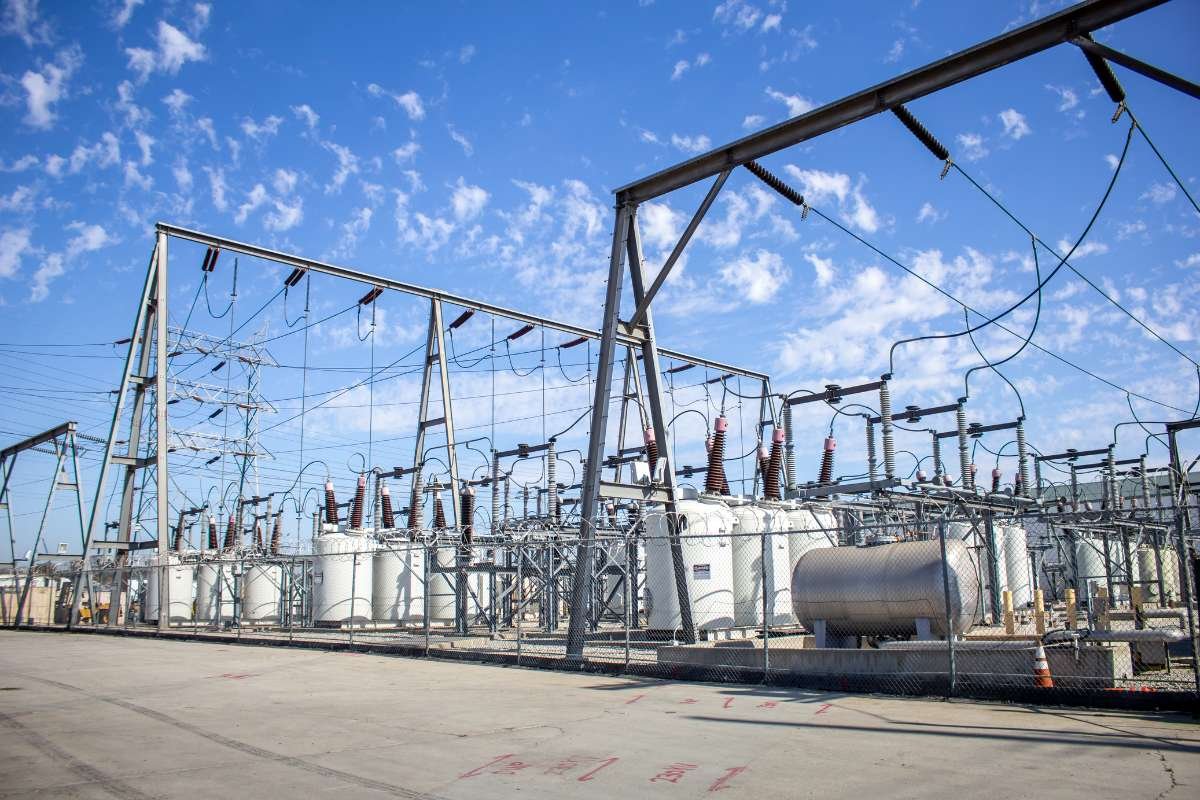Modern power systems are undergoing a transformative shift, driven by the integration of renewable energy sources and the adoption of smart grid technologies. Central to this evolution is the compact substation, a highly efficient electrical instrument designed to manage, distribute, and regulate power in both urban and industrial environments.
Unlike traditional substations, compact substations offer the advantage of space efficiency, faster deployment, and enhanced adaptability, making them a key enabler for renewable energy and smart grid integration.
Safety and Reliability Considerations
Safety is paramount when deploying compact substations in any infrastructure. These units handle significant voltage transformations and manage critical loads, requiring advanced design and protective features. Proper insulation, overcurrent protection, and grounding are essential to safeguard connected equipment and personnel.
Additionally, compact substations must comply with rigorous international and local electrical standards to ensure operational reliability and prevent disruptions in power delivery. Regular inspection and maintenance further reinforce safe operation, particularly in environments with variable loads and high renewable energy penetration.
Standards and Regulatory Compliance

Compact substations must adhere to well-defined standards that govern their performance, construction, and safety. Compliance with these standards ensures that the equipment can support a variety of applications, ranging from urban distribution networks to industrial plants. Meeting these requirements also facilitates smoother integration with smart grid systems, allowing real-time monitoring, remote control, and predictive maintenance of electrical infrastructure.
For organizations, adopting certified compact substations mitigates risks of equipment failure while ensuring compatibility with existing and future renewable energy sources.
Integration with Renewable Energy Sources
Renewable energy integration, particularly from solar and wind sources, introduces variability into the power grid. Compact substations play a vital role in managing this intermittency by efficiently transforming and distributing power. They can be deployed near renewable generation sites, reducing transmission losses and improving overall grid stability.
By incorporating voltage regulation, reactive power compensation, and advanced monitoring systems, these substations ensure seamless integration of renewable energy into commercial and industrial power networks.
Supporting Smart Grid Infrastructure

Smart grid deployment requires real-time data collection, automated control, and reliable power distribution. Compact substations are ideal for such applications due to their modular design and flexibility. They can be equipped with intelligent monitoring devices, sensors, and communication modules, enabling operators to track energy flow, detect faults, and optimize load distribution.
This integration allows for proactive maintenance, reduced downtime, and improved energy efficiency across both urban and industrial networks.
Space Efficiency and Flexibility
One of the most significant advantages of compact substations is their space-saving design. Urban and industrial sites often face spatial constraints, making traditional substations impractical. Compact substations can be installed in smaller areas without compromising capacity or performance.
Their modular construction also allows for scalable deployment, which is particularly beneficial for evolving renewable projects and expanding smart grid infrastructure.
Operational Efficiency and Cost Management

The deployment of compact substations enhances operational efficiency by reducing energy losses and simplifying network management. Their close proximity to load centers minimizes transmission distances, thereby lowering energy wastage.
Moreover, the modularity of these units reduces installation time and civil works, resulting in significant cost savings. Maintenance is also streamlined, as individual modules can be serviced or upgraded without major disruptions to the broader power network.
Partnering with Reputable Energy Providers
While the design and capabilities of compact substations are essential, partnering with reputable energy providers enhances both reliability and performance. Established providers offer certified equipment, technical expertise, and post-installation support that ensures optimal deployment.
Working with experienced partners also guarantees adherence to industry standards, proper integration with renewable sources, and effective monitoring solutions. By leveraging these collaborations, businesses can achieve a safe, efficient, and future-ready energy infrastructure, thereby maximizing the benefits of smart grid and renewable energy integration.
Also Read: Integrating Solar Power: Strategies For Modern Enterprises


















